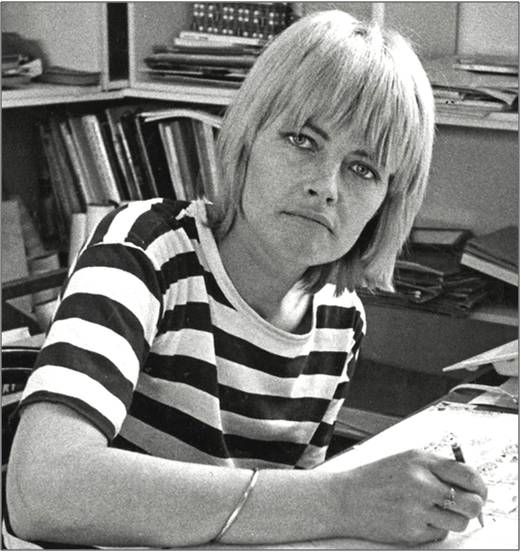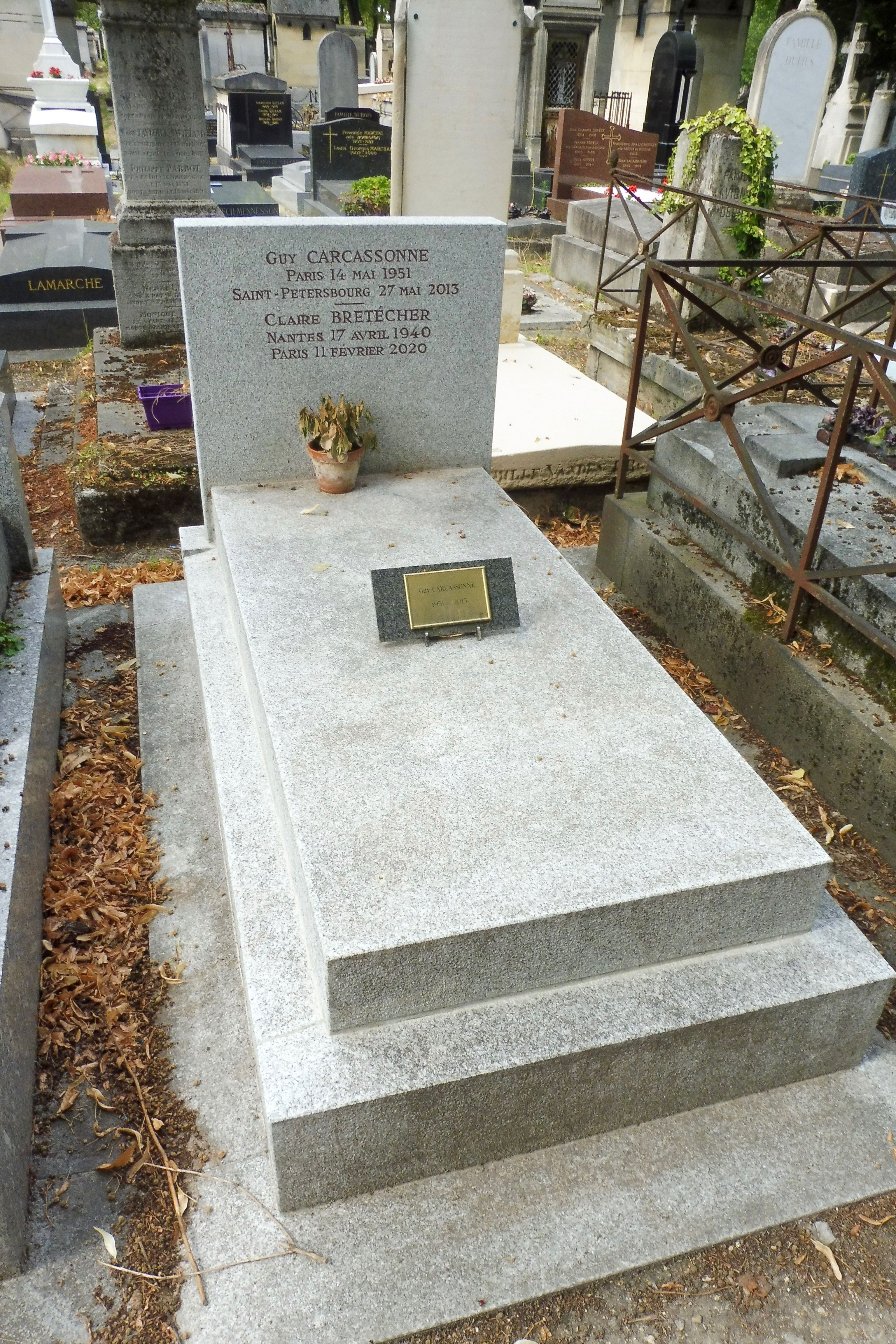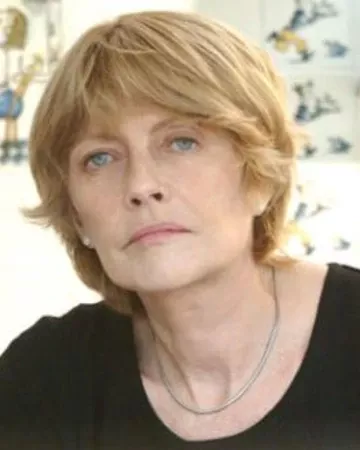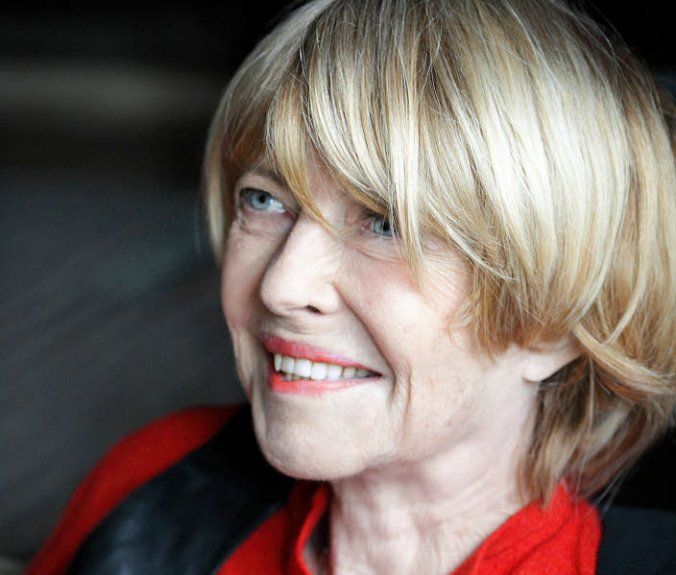Claire was born in Nantes, France on Wednesday, 17 April 1940, to middle-class, Catholic parents. Her dad was a jurist and her mother, a housewife who emphasized the importance of autonomy and independence, two principles Claire took to heart throughout her career. Claire began drawing comic strips as a youngster in order to escape boredom. She stopped drawing them, however, upon entering the Academy of Fine Arts in Nantes because at the time, the emphasis was on abstract art.
When she dropped out of the school in 1959, Claire moved to the Parisian neighborhood of Montmartre. There, she worked as a high school art teacher for nine months and did babysitting to make ends meet.
Then she discovered she could be paid for her illustrations. Her first break came in 1963 when she was asked by comic editor, René Goscinny to provide the illustrations for a mailman named Le Facteur Rhésus humorous magazine L'Os à Moelle. After that, Claire frequently contributed illustrations Bayard Press magazines. By the late 1960s, she also found work with the publishers, Larousse and Hachette and did freelancing for various advertisers. In 1969, Claire began a comic strip about a medieval feminist princess called "The Adventures of Cellulite". She also did artwork for many comic strips about current affairs.
Described as being fearless and lacerating in her satire, Claire was considered a pioneer in the formerly-male-dominated French cartoonists' field. She was able to break through its barriers and, in the 1970s, achieved fame as a celebrated cartoonist with comic strips that portrayed gender issues and women. Said she, "Women in comic strips are usually portrayed either as shrews or movie stars. But in real life, women, like men, are neither of these extremes, so I portray women and men alike, except that the women have two little round things on their chest."
Her comic strips were published worldwide in both magazines and newspapers. They were a mainstay in French publications for decades and in the U.S., her work appeared in Esquire, Ms. and National Lampoon magazines. Claire also created humorous, adult-oriented series named "Baratine et Molgaga", "Hector" , "Les Gnangnan", and "Les Naufragés" and cofounded a satirical magazine called L'Écho des Savanes.
Her comedic style was minimalist, with the focus was on her characters' dialogue and Claire's creativity which didn't rely on punchlines and could be funny, embarrassing, confrontational, or melancholy.
However, she was best known for being the first satirist who captured the behavior and conversations of adolescent and adult women in a subtle, meticulous manner, as is seen in her two signature series, "Les Frustrés", which ran from 1973 to 1981 and "Agrippine", which ran from 1988 to 2009 and was her very last comedic book.
During her career, Claire had been acknowledged by various comedic industries:
- In 1975, she received "Best French Author" at the Angoulême International Comics Festival;
- In 1976, she was labeled "Best Sociologist of the Year" by French linguist, Barthes;
- In 1987, Claire was given the "Adamson Award" for being the Best International Comic Book Cartoonist in Sweden;
- In 1999, she won the "Humor Award" at the Angoulême International Comics Festival ; and
- In 2001, her series, "Agrippine" was made into a twenty-six episode series for television;
- In 2002, she was nominated for a "Dialogue Award" at France's Angoulême International Comics Festival; and
- In 2006, Claire had an asteroid named for her by astronomist, Jean-Claude Merlin.
In addition to creating her comic strips, Claire concurrently did illustrations for several books, magazines and posters, co-wrote two theatrical plays, was one of the first women to undertake self publishing and be successful; and was an accomplished watercolorist whose paintings have been published.
Claire was predeceased by her parents and husband, university professor Guy Carcassonne.
Left to cherish her memory is their son, Martin Carcassonne.
...
NOTE: Some sources list her death date as 11 February and one source listed her birth date as 7 April, but the bulk were 17 April 1940 - 10 February 2020.
Claire was born in Nantes, France on Wednesday, 17 April 1940, to middle-class, Catholic parents. Her dad was a jurist and her mother, a housewife who emphasized the importance of autonomy and independence, two principles Claire took to heart throughout her career. Claire began drawing comic strips as a youngster in order to escape boredom. She stopped drawing them, however, upon entering the Academy of Fine Arts in Nantes because at the time, the emphasis was on abstract art.
When she dropped out of the school in 1959, Claire moved to the Parisian neighborhood of Montmartre. There, she worked as a high school art teacher for nine months and did babysitting to make ends meet.
Then she discovered she could be paid for her illustrations. Her first break came in 1963 when she was asked by comic editor, René Goscinny to provide the illustrations for a mailman named Le Facteur Rhésus humorous magazine L'Os à Moelle. After that, Claire frequently contributed illustrations Bayard Press magazines. By the late 1960s, she also found work with the publishers, Larousse and Hachette and did freelancing for various advertisers. In 1969, Claire began a comic strip about a medieval feminist princess called "The Adventures of Cellulite". She also did artwork for many comic strips about current affairs.
Described as being fearless and lacerating in her satire, Claire was considered a pioneer in the formerly-male-dominated French cartoonists' field. She was able to break through its barriers and, in the 1970s, achieved fame as a celebrated cartoonist with comic strips that portrayed gender issues and women. Said she, "Women in comic strips are usually portrayed either as shrews or movie stars. But in real life, women, like men, are neither of these extremes, so I portray women and men alike, except that the women have two little round things on their chest."
Her comic strips were published worldwide in both magazines and newspapers. They were a mainstay in French publications for decades and in the U.S., her work appeared in Esquire, Ms. and National Lampoon magazines. Claire also created humorous, adult-oriented series named "Baratine et Molgaga", "Hector" , "Les Gnangnan", and "Les Naufragés" and cofounded a satirical magazine called L'Écho des Savanes.
Her comedic style was minimalist, with the focus was on her characters' dialogue and Claire's creativity which didn't rely on punchlines and could be funny, embarrassing, confrontational, or melancholy.
However, she was best known for being the first satirist who captured the behavior and conversations of adolescent and adult women in a subtle, meticulous manner, as is seen in her two signature series, "Les Frustrés", which ran from 1973 to 1981 and "Agrippine", which ran from 1988 to 2009 and was her very last comedic book.
During her career, Claire had been acknowledged by various comedic industries:
- In 1975, she received "Best French Author" at the Angoulême International Comics Festival;
- In 1976, she was labeled "Best Sociologist of the Year" by French linguist, Barthes;
- In 1987, Claire was given the "Adamson Award" for being the Best International Comic Book Cartoonist in Sweden;
- In 1999, she won the "Humor Award" at the Angoulême International Comics Festival ; and
- In 2001, her series, "Agrippine" was made into a twenty-six episode series for television;
- In 2002, she was nominated for a "Dialogue Award" at France's Angoulême International Comics Festival; and
- In 2006, Claire had an asteroid named for her by astronomist, Jean-Claude Merlin.
In addition to creating her comic strips, Claire concurrently did illustrations for several books, magazines and posters, co-wrote two theatrical plays, was one of the first women to undertake self publishing and be successful; and was an accomplished watercolorist whose paintings have been published.
Claire was predeceased by her parents and husband, university professor Guy Carcassonne.
Left to cherish her memory is their son, Martin Carcassonne.
...
NOTE: Some sources list her death date as 11 February and one source listed her birth date as 7 April, but the bulk were 17 April 1940 - 10 February 2020.
Family Members
Sponsored by Ancestry
Advertisement
Advertisement











